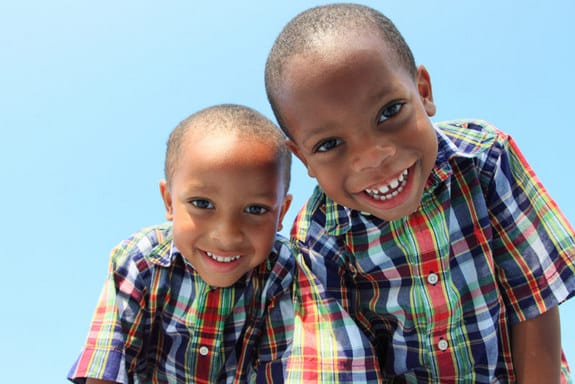Can You Imagine How Hard It Would Be To Raise A Child That Doesn’t Feel Pain? Me Neither


That is something that the parents of Ashlyn Blocker have been dealing with for 13 years. Ashlyn has what is called a “congenital insensitivity to pain.” She didn’t cry when she was born or seem bothered by the usual things that cause infants distress. She didn’t seem to notice a horrible case of diaper rash that was so raw it pained her mother to see it. When she began to teethe, she almost chewed off part of her tongue with her emerging teeth. And the condition is so rare, that doctors had no idea how to help the family. In an interview with the New York Times, Ashlyn’s mother, Tara Blocker, says,
”The doctor told us we were the only ones out there. That it was so rare. He said to keep an eye on her and that they didn’t know much about it and couldn’t really be of any help. It was kinda like, ”˜Good luck!’ ”
I often feel that I have needlessly child-proofed my home, trying to guard my child from pain a little more than I should. Everyone always says “they have to learn!” But what if that couldn’t be taught? What then? The Blockers had to remove all the sharp corners from their home when Ashlyn was a toddler. Her mother would sleep with her at night so she could hold her hands to prevent her from chewing them or rubbing her eyes too hard. As the parent of a toddler, I have often wondered just how long I can take my eyes off of my child without worry. I imagine in the Blockers case – it wasn’t even seconds.
After dealing with this alone for five years, the Blockers decided it may help to bring some attention to their daughters condition. They contacted their local newspaper, the Associated Press picked up their story and soon they were on a flight to New York City to film a segment for Good Morning America. The idea worked. The media attention finally put them in touch with scientists who could help them understand her condition more. The met Dr. Roland Staud, a professor of medicine and rheumatologist at the University of Florida. He has been working with her for years now, to help her and her family understand the trajectory of her condition. He says of Ashlyn, ”her life story offers an amazing snapshot of how complicated a life can get without the guidance of pain,” Staud said. ”Pain is a gift, and she doesn’t have it.”
The next time my child stubs his toe and squeals in pain, I am going to remember what a gift that little lesson is – and how much easier it has made my life as a parent.
(photo: Dziurek/ Shutterstock.com)




